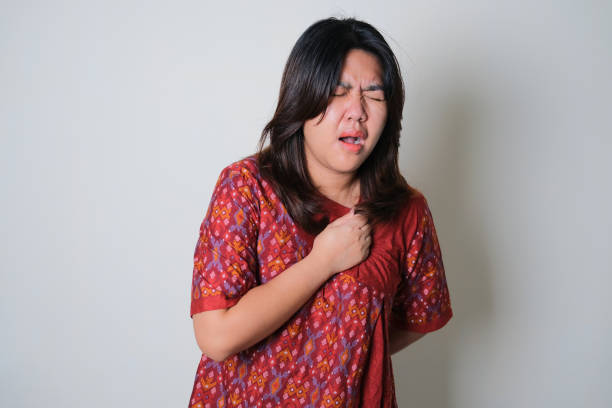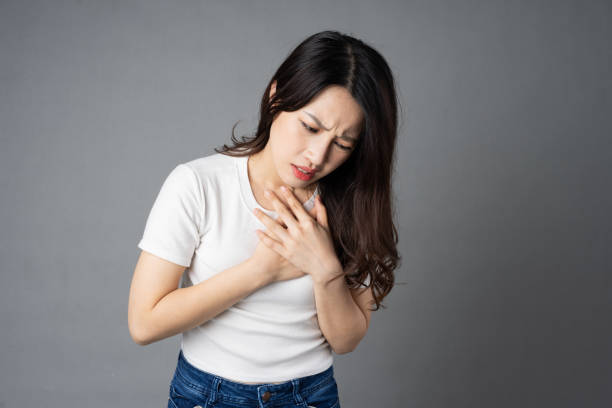Dyspnea, also known as shortness of breath, is a feeling of difficulty breathing and is a common complaint among individuals. It can range from a mild inconvenience to a life-threatening emergency, depending on the underlying cause. In this article, we will discuss the symptoms of dyspnea and the treatment options available.
Symptoms of dyspnea:
Difficulty breathing: The most obvious symptom of dyspnea is difficulty breathing, which can range from mild to severe.
Chest tightness: Some individuals may experience chest tightness along with difficulty breathing.
Rapid breathing: Rapid breathing is also a common symptom of dyspnea, especially in severe cases.
Wheezing: Wheezing, or a whistling sound when breathing, is a common symptom of dyspnea, particularly in individuals with asthma or chronic obstructive pulmonary disease (COPD).
Fatigue: Individuals with dyspnea may experience fatigue due to the increased effort required to breathe.
Shortness of breath during physical activity: Shortness of breath during physical activity is a common symptom of dyspnea, especially in individuals with underlying lung or heart problems.
Anxiety: Dyspnea can cause anxiety, especially in severe cases, as individuals may feel like they are suffocating.
Treatment for dyspnea:
Oxygen therapy: Oxygen therapy is the most common treatment for dyspnea. It involves the use of supplemental oxygen to help improve oxygen saturation in the blood and relieve symptoms.
Inhalers: Inhalers, such as bronchodilators, can help relieve dyspnea by relaxing the muscles in the airways and making it easier to breathe.
Corticosteroids: Corticosteroids are anti-inflammatory medications that can help reduce inflammation in the airways and relieve dyspnea.
Antibiotics: Antibiotics may be prescribed if dyspnea is caused by an infection, such as pneumonia.
Lifestyle changes: Making lifestyle changes, such as quitting smoking, losing weight, and getting regular exercise, can help relieve dyspnea and improve overall respiratory function.
Pulmonary rehabilitation: Pulmonary rehabilitation is a program that can help individuals with dyspnea improve their breathing and overall physical fitness.
Surgery: In severe cases, surgery may be necessary to treat the underlying cause of dyspnea.
In conclusion, dyspnea is a common complaint among individuals and can range from mild to severe. The symptoms of dyspnea include difficulty breathing, chest tightness, rapid breathing, wheezing, fatigue, shortness of breath during physical activity, and anxiety. The treatment options for dyspnea include oxygen therapy, inhalers, corticosteroids, antibiotics, lifestyle changes, pulmonary rehabilitation, and surgery. It is important to seek medical attention if you experience dyspnea, as it can be a sign of a more serious underlying health condition.

 Home
Home Health
Health Diet & Nutrition
Diet & Nutrition Living Well
Living Well More
More












